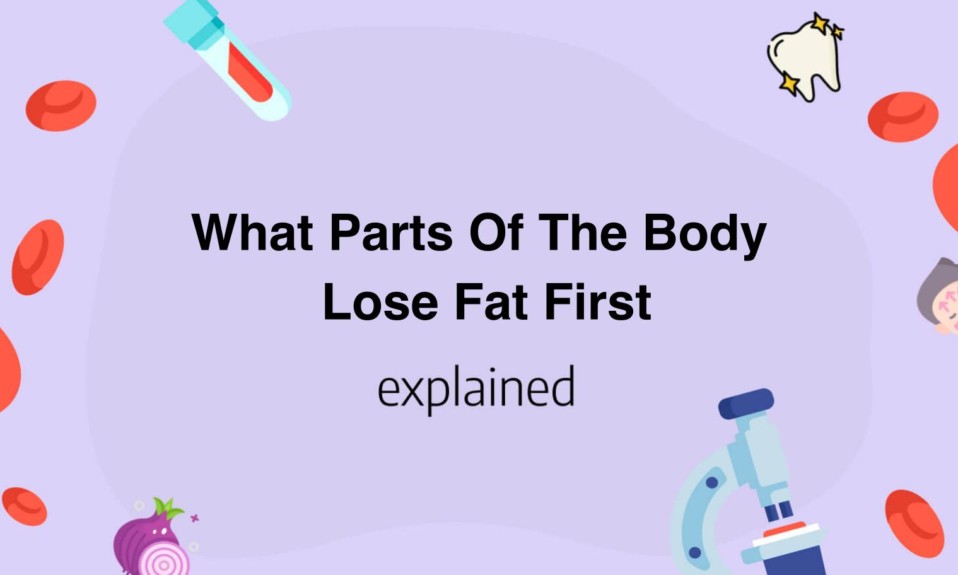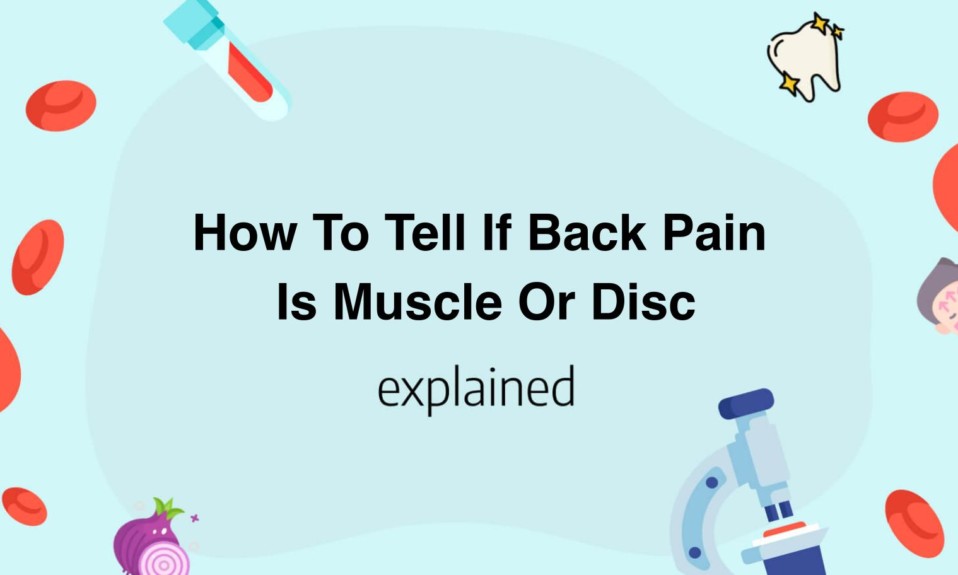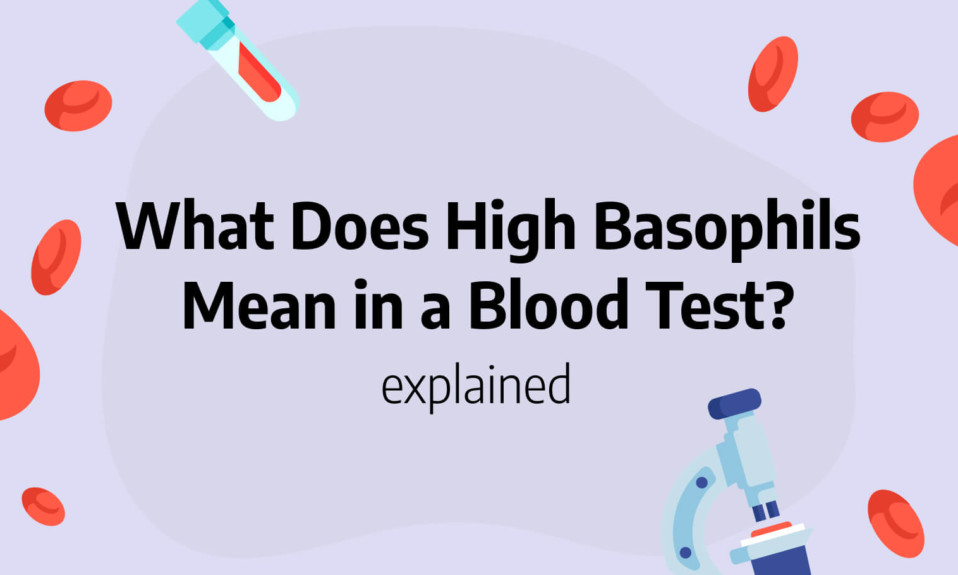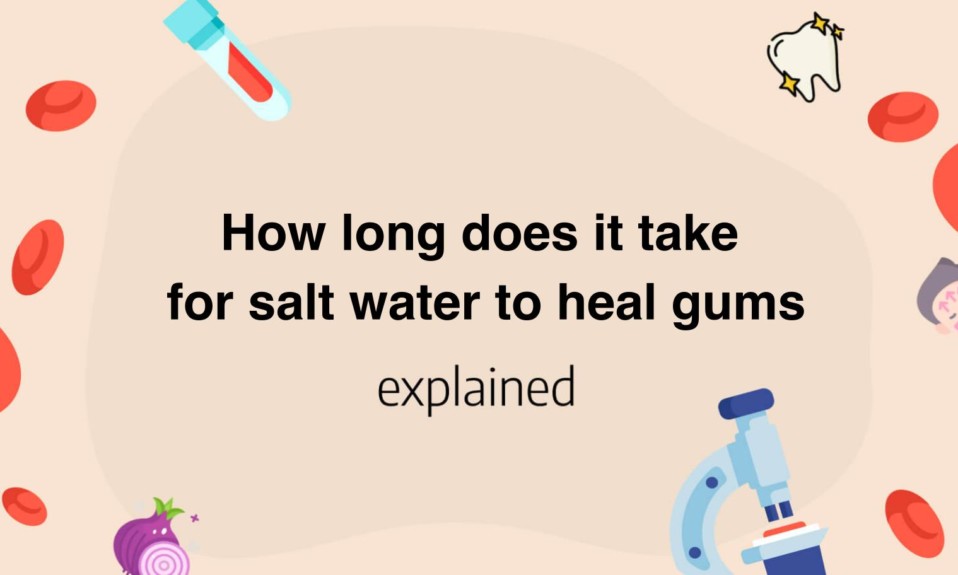Losing excess body fat can be a challenging and frustrating process.
What parts of the body lose fat first? This is a common question among those looking to shed some pounds and achieve a leaner figure.
Understanding how the body burns fat and prioritizes different areas for weight loss can help you tailor your workout and diet plan for optimal results.
In this article, we will discuss the science behind fat loss and how you can target specific areas of your body to achieve your desired physique.
- When one starts losing weight, the body tends to lose fat from different areas in an unordered manner.
- In some cases, the first places to lose fat may be the face and neck, leading to a more defined jawline and cheekbones.
- However, other individuals may lose it in their arms and legs, resulting in a more toned and tightened appearance.
- Moreover, some people may experience fat loss in their abdominal area and waist first, leading to a significant decrease in overall body size.
- It is essential to note that the order in which the body loses fat first varies depending on individual factors such as genetics, lifestyle, and diet.
Why belly fat is the hardest to lose
Belly fat is the hardest type of fat to lose, and it’s also the most dangerous.
Excess belly fat is linked to many health problems, including heart disease, type 2 diabetes, and fatty liver disease.
Belly fat surrounds our internal organs, and this visceral fat is metabolically active and produces hormones that can negatively affect our health.
So, why is belly fat so stubborn?
Firstly, genetics play a role.
Some individuals may be predisposed to storing fat in the belly area, and this can make it more challenging to lose.
Secondly, age is a factor.
As we get older, our metabolism slows down, making it harder to burn fat.
Another reason why belly fat is challenging to lose is due to our lifestyle habits.
High-stress levels can cause the body to store more fat in the belly area, and lack of sleep can also increase belly fat.
Additionally, consuming a diet high in sugar and processed foods can lead to weight gain and belly fat.
In terms of exercise, targeted abdominal exercises like crunches and planks can strengthen the muscles in the belly area.
However, spot reduction is a myth, and these exercises alone won’t burn belly fat.
To effectively lose belly fat, a combination of cardiovascular exercise and weight lifting is needed to burn fat and build muscle.
It’s important to note that there is no quick fix when it comes to losing belly fat.
Crash diets and fad diets may result in temporary weight loss, but they are not sustainable and can lead to even more weight gain in the long run.
Consistency, patience, and a healthy lifestyle that includes proper nutrition and exercise are key to losing belly fat successfully.
In conclusion, losing belly fat can be challenging, but it’s important for our health to make an effort to reduce it.
Genetics and age, lifestyle habits, and exercise play a role in losing belly fat.
A healthy lifestyle that includes a well-balanced diet, regular exercise, and stress management techniques can help decrease belly fat.
Remember, consistency is key, and slow and steady progress is better than quick fixes.

What Parts Of The Body Lose Fat First
The common misconception with losing weight is that we can spot reduce certain areas.
However, the body loses fat in a specific pattern.
The first part of the body to lose fat depends on a person’s body type and genetics.
Generally, the body prefers to store fat in specific areas, such as the hips, thighs, and abdomen, and will also burn fat in a specific order.
For men, the abdomen and the chest are typically the first areas to lose fat.
This is because men tend to store fat in these areas and have a higher percentage of muscle mass in their legs.
On the other hand, women tend to hold on to fat in their hips, thighs, and buttocks due to hormones.
As a result, these areas are often the last to lose fat when trying to slim down.
In addition to body types and genetics, different types of exercise can also affect where the body loses fat first.
For instance, targeted strength training can help reduce fat in certain areas by building lean muscle mass.
However, it’s important to keep in mind that it’s not possible to spot reduce fat.
Exercise can help tone and strengthen specific areas of the body, but overall weight loss is the result of a calorie deficit through proper diet and exercise.
In summary, there’s no hard and fast rule for which parts of the body lose fat first, but it’s important to understand that the body loses fat in a specific pattern based on genetics and body type.
Focusing on overall weight loss through a healthy diet and exercise is the most effective way to reduce fat and tone specific areas of the body.
The science behind fat loss process
Fat loss is a complex process, but understanding the science behind it can help you achieve your goals.
Calories in versus calories out is the basic principle of fat loss.
You must burn more calories than you consume.
This means counting calories and paying attention to your diet.
A healthy diet is essential for fat loss, including lean protein, complex carbohydrates, healthy fats, and plenty of fruits and vegetables.
Exercise and physical activity are also crucial for fat loss.
Resistance training builds muscle, which increases metabolism and burns fat.
Cardiovascular exercise, such as running or biking, burns calories and increases heart health.
By combining a healthy diet and exercise regimen, you can maximize fat loss.
Additionally, sleep and stress management play a significant role in fat loss.
Adequate sleep is crucial for hormone regulation, which affects metabolism and appetite.
Poor sleep can lead to cravings and overeating.
Stress triggers the release of cortisol, a hormone that promotes fat storage.
Managing stress through exercise, meditation, or other relaxation techniques can help prevent weight gain.
It’s important to note that fad diets and quick fixes are not sustainable or healthy ways to lose fat.
These often result in muscle loss, slowed metabolism, and rebound weight gain.
The key to long-term fat loss is lifestyle changes that you can maintain for the rest of your life.
In conclusion, fat loss is a multifaceted process that requires a combination of diet, exercise, sleep, and stress management.
By understanding the science behind it and making sustainable lifestyle changes, you can achieve your fat loss goals and live a healthier life.
How hormones impact fat storage and loss
Hormones play a crucial role in fat storage and loss.
Insulin is a hormone that regulates glucose metabolism and promotes fat storage.
When we consume carbohydrates or sugars, insulin is released and facilitates the absorption of glucose into cells for energy.
However, when glucose levels are already high, the excess is stored as fat.
This is why diets high in refined carbs and sugars can lead to weight gain.
On the other hand, other hormones promote fat loss.
One of them is glucagon, the counterpart of insulin.
Glucagon stimulates the breakdown of stored glycogen and fat, releasing them into the bloodstream as energy.
Another hormone that promotes fat loss is growth hormone.
This hormone is released during exercise and sleep and stimulates the breakdown of fats for energy.
Furthermore, estrogen and testosterone also have an impact on fat storage and loss.
Estrogen helps women store fat in their hips and thighs, while testosterone helps men store fat in their belly.
This is why women tend to have more difficulty losing weight in the hip and thigh area, while men struggle with belly fat.
Additionally, cortisol, the stress hormone, can also contribute to fat storage.
High levels of cortisol, often caused by chronic stress, can promote fat storage, particularly in the belly area.
To optimize fat loss, it’s important to balance hormones through healthy lifestyle choices.
This includes reducing refined carb and sugar intake, engaging in regular exercise, prioritizing stress management, and getting enough sleep.
By maintaining a healthy hormonal balance, the body can efficiently use stored energy for fuel and promote fat loss.
In conclusion, hormones have a significant impact on fat storage and loss.
Understanding how hormones work and how to balance them can greatly impact weight management and overall health.
You’ll also like: Water Sound In Belly During Pregnancy
How to target specific body parts for fat loss
One common misconception about targeted fat loss is that it’s possible to spot reduce fat in just one area of the body.
Unfortunately, this is not the case.
When we lose weight, we lose it from all over our bodies, not just one specific area.
However, there are ways to prioritize certain body parts for fat loss.
One effective method is to focus on strength training exercises that target those specific areas.
For example, if you want to lose fat in your arms, you should focus on exercises that work your biceps, triceps, and shoulders.
Incorporating weights into your workout routine can help tone and build muscle in those respective areas, which can ultimately lead to fat loss as well.
Another way to target certain body parts for fat loss is through cardiovascular exercise.
While cardio doesn’t necessarily burn fat in specific areas, it can help increase overall calorie burn, which can lead to weight loss throughout the entire body.
Additionally, cardio exercises that utilize the lower body, such as running, cycling, or rowing, can help tone and slim down the legs.
It’s important to keep in mind that diet plays a crucial role in fat loss.
Eating a healthy, balanced diet with a calorie deficit will ultimately result in weight loss all over the body, including targeted areas.
Avoiding processed foods and meals high in sugar can aid in weight loss efforts, as well as incorporating protein-rich foods like lean meats, tofu, and legumes to help build and maintain muscle mass while losing fat.
In summary, while it’s not possible to spot reduce fat in just one area of the body, there are ways to prioritize certain body parts for fat loss through strength training and cardiovascular exercise.
Combining these exercises with a healthy diet is a surefire way to achieve fat loss and overall weight loss.
Read also: Why Is My Pregnant Belly Soft When I Lay Down
Intermittent fasting for efficient fat loss
Intermittent fasting is a popular buzzword in the fitness industry, and for good reason.
It is a highly effective method of reducing body fat while also improving overall health.
This eating pattern involves alternating periods of fasting with periods of eating, which can lead to a significant reduction in calorie intake and ultimately, weight loss.
There are several different types of intermittent fasting, but the most popular approach involves restricting calorie intake during a specific window of time each day.
This is often referred to as the 16/8 method, where individuals fast for 16 hours and then consume all their calories within the remaining 8-hour window.
One of the major benefits of intermittent fasting is its ability to promote fat loss while preserving muscle mass.
During the fasting period, the body will begin to break down stored fat for energy, which leads to a reduction in body fat percentage.
In addition, fasting has been shown to increase levels of human growth hormone (HGH), which helps to preserve muscle mass.
This is crucial for individuals who are looking to lose weight without sacrificing muscle tone or strength.
Intermittent fasting also has several other health benefits, including improved insulin sensitivity, lower inflammation, and decreased risk of chronic diseases such as diabetes, cardiovascular disease, and cancer.
This is because fasting helps to regulate blood sugar levels, reduce oxidative stress, and promote cellular repair.
In conclusion, intermittent fasting is an effective approach to reducing body fat and improving overall health.
By limiting calorie intake during specific periods of time, individuals can reap the benefits of increased fat loss while preserving muscle mass and improving insulin sensitivity.
With its numerous health benefits and adaptable approach, intermittent fasting is a great option for those looking to improve their overall health and fitness.
Read also:










